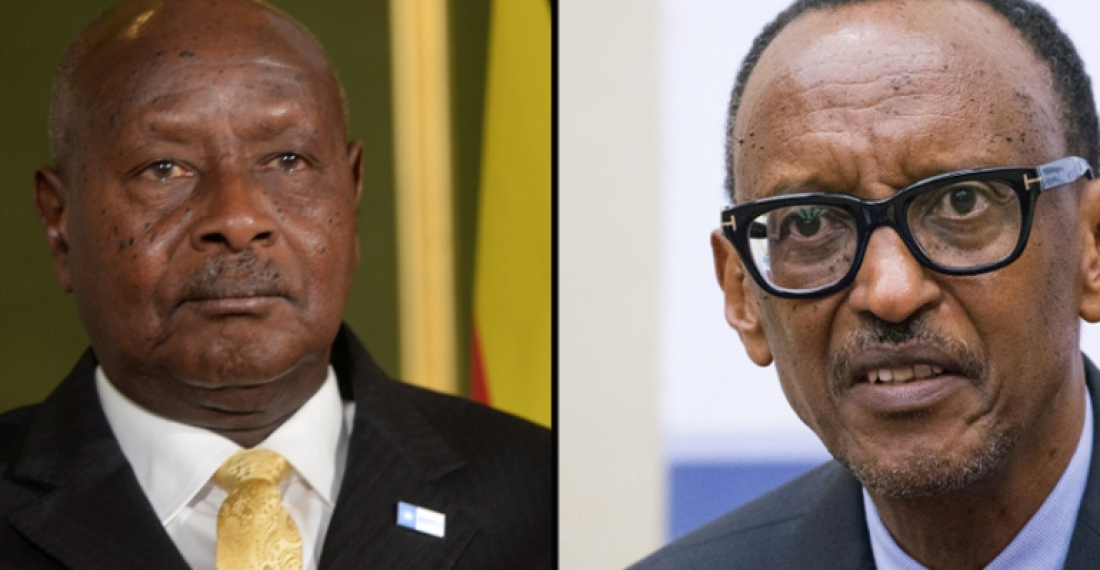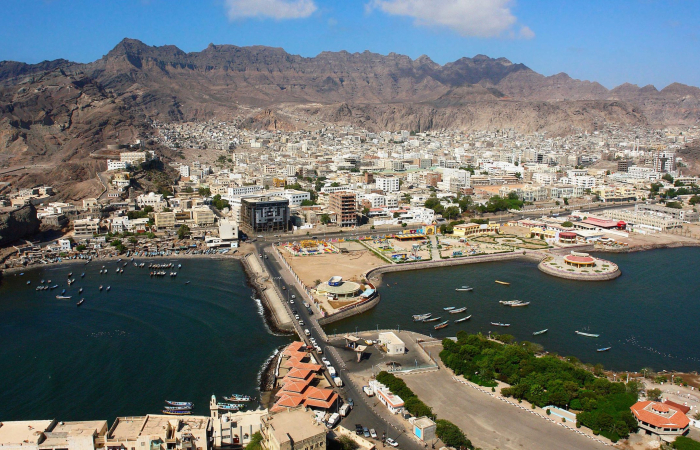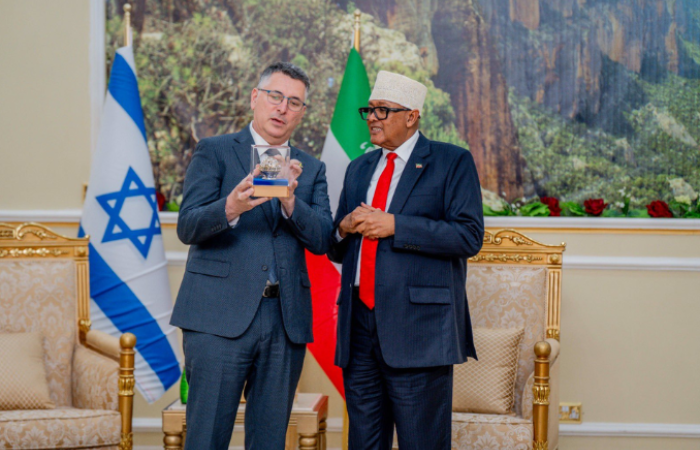On Sunday, President Paul Kagame of Rwanda and his Ugandan counterpart President Yoweri Museveni met in Kampala for a series of bilateral talks. The two met to further the idea of a regional military force to underpin the East African Community (EAC) and its stabilising efforts in the Democratic Republic of the Congo (DRC).
According to the state-broadcaster, Rwanda Broadcasting Agency, the president arrived in Kampala on Sunday to attend the 48th birthday party of Museveni’s son, Muhoozi Kainerugaba. Kainerugaba was reportedly crucial in the thawing of Rwanda-Ugandan relations, spearheading the opening of their mutual border in January of this year.
Since the accession of the DRC to the EAC, the two heads of state have been forced to make amends. The UN has accused the two countries of contributing to the destabilization of the DRC by supporting insurgent rebel groups such as M23. Relations soured in 2019 as both governments accused the other of sabotage, leading to Rwanda’s sealing of its border with Uganda, halting all trade.
Both Uganda and Rwanda once supported the Tutsi ‘March 23 Movement’, with its officials moving freely in Uganda and its fighters being recruited in Rwanda, according to a group of experts in the UNSC Sanctions Committee. Both countries have continuously denied any involvement with the rebel group.
The DRC, a mineral-rich country, has suffered instability since achieving its independence in 1960. Its neighbouring countries to the East have contributed; ousting Mobutu in 1997 and contributing to the loss of 2.5 million lives from 1997-2001. The UN accused the warring parties of prolonging the war in order to plunder the country of its resources. According to government figures, gold continues to be Uganda’s second-most valuable export, after coffee, despite having little domestic production.
Uganda, however, has recently swapped its allegiance, supporting the Congolese government through a joint operation against the Allied Democratic Forces (ADF), an ISIS-affiliated group active in the Eastern Kivu region. The DRC now wants to “look at Rwanda as a partner country, as [they] look at Uganda”, says government spokesman Patrick Muyaya.
The EAC, made up of seven countries, met last week in Nairobi to discuss plans for an expanded military operation in the DRC. According to Kenyan news outlet, The Standard, rebel leaders were also invited to attend talks on Friday. Chairman of the EAC, Kenyan President Uhuru Kenyatta, was to hold negotiations between the two warring parties after a peak in violence earlier this month. The EAC is yet to communicate any of its results.
UN Secretary-General Antonio Guterres on Sunday tweeted in support of the regional initiative, stating that the “UN fully supports the initiative by the East African countries to bring peace in the Eastern part of the Democratic Republic of the Congo and the neighbouring countries”.






